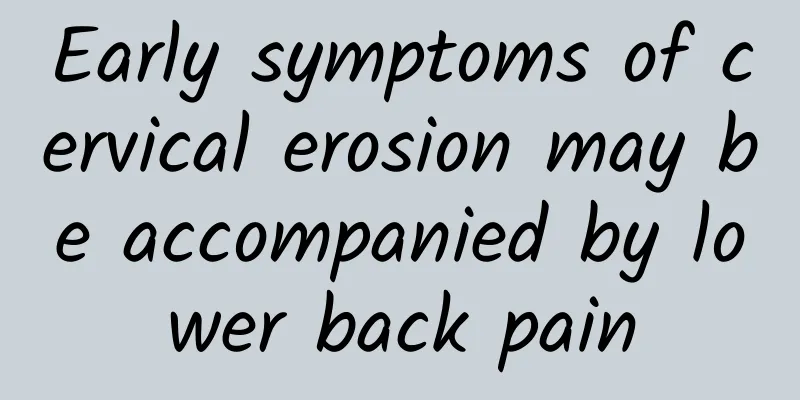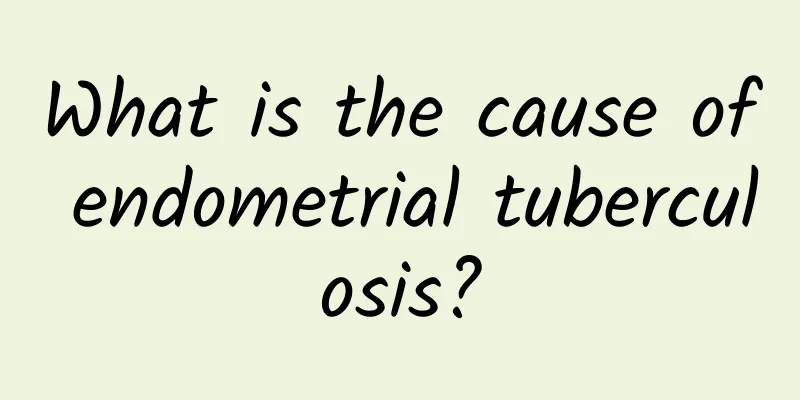No more breast lumps after menopause

|
The disappearance of breast lumps after menopause may be related to changes in hormone levels. Usually, there is no need to worry too much, but underlying diseases need to be ruled out. The reasons for the disappearance of breast lumps after menopause include decreased hormone levels and breast tissue degeneration. It is recommended to manage through regular examinations, a healthy lifestyle, and medical treatment when necessary. 1. Changes in hormone levels After menopause, the levels of estrogen and progesterone in women's bodies drop significantly, and the sensitivity of breast tissue to hormones decreases, which may cause the original breast hyperplasia or lumps to gradually shrink or even disappear. This is a normal physiological change and usually does not require special treatment. However, if the lump disappears suddenly accompanied by other symptoms, such as nipple discharge or skin changes, you should be alert to breast disease. 2. Degeneration of breast tissue As age increases, breast tissue gradually degenerates and the proportion of fat tissue increases. Existing breast cysts or fibroadenomas may shrink or disappear due to tissue changes. This is more common in benign lesions, but breast ultrasound or mammography is still required to confirm the nature of the mass and rule out malignant lesions. 3. Possibility of underlying diseases Although the disappearance of a lump may be a benign manifestation, it may also be related to certain diseases. For example, mastitis or mammary duct ectasia may be relieved after menopause due to hormonal changes. If the disappearance of a lump is accompanied by pain, redness, swelling, or abnormal nipple discharge, you should seek medical attention in time and undergo a breast specialist examination to rule out breast cancer or other serious diseases. 4. Health management and prevention Postmenopausal women should pay attention to breast health and have regular breast examinations, such as annual breast ultrasound or mammography. Maintaining a healthy lifestyle, such as a balanced diet, moderate exercise, and weight control, can help reduce the risk of breast disease. In terms of diet, you can eat more fiber-rich foods, such as whole grains, vegetables, and fruits, and reduce the intake of high-fat and high-sugar foods. 5. Medical advice If the breast lump disappears after menopause and is accompanied by abnormal symptoms, such as nipple discharge, skin dimpling, or a hardened lump, you should seek medical attention immediately. Your doctor may recommend breast ultrasound, mammography, or magnetic resonance imaging (MRI), and a biopsy if necessary to confirm the diagnosis. Early detection and treatment are the key to preventing breast disease from worsening. The disappearance of breast lumps after menopause is usually a natural result of changes in hormone levels, but you should be alert to potential diseases. Through regular examinations, a healthy lifestyle and timely medical treatment, you can effectively manage breast health and reduce the risk of disease. |
<<: How to treat abnormal leucorrhea yourself
>>: Abnormal vaginal discharge and left lower abdominal pain
Recommend
What are the dietary precautions for Bartholinitis?
What should you pay attention to in your diet whe...
How to repair congenital absence of vagina?
How to repair congenital absence of vagina? Conge...
Treatment of abnormal leucorrhea in traditional Chinese medicine
The TCM treatment of abnormal leucorrhea usually ...
To prevent acute cervicitis, you need to do a good job of gynecological examination
It is very important for women to maintain good h...
Will long-term cycling affect the health of men's sexual life?
Cycling is a very good leisure sport. In addition...
Self-distinguishing between primary and secondary amenorrhea
With the continuous development of society, the s...
Why is it said that thick endometrium is prone to recurrence?
When it comes to understanding the causes of endo...
What to do if bacterial vaginosis occurs during menstruation
Gynecological inflammation is a very common disea...
Can hyperprolactinemia be cured?
Can hyperprolactinemia be cured? The answer is ye...
What are the dangers of uterine effusion?
Although uterine effusion is not common for femal...
What are the obvious manifestations of early symptoms of cervical erosion?
I believe everyone should know about cervical ero...
Routine check-up costs are part of the painless abortion procedure
As people's minds become more open, many wome...
Is dysmenorrhea harmful for teenage girls?
Dysmenorrhea in adolescent girls is often a physi...
What are the symptoms of acute adnexitis?
Acute adnexitis is a common disease. Do you know ...
What are the effects of premature ovarian failure on the body?
What effects does premature ovarian failure have ...









